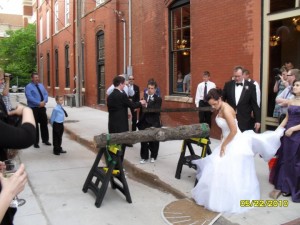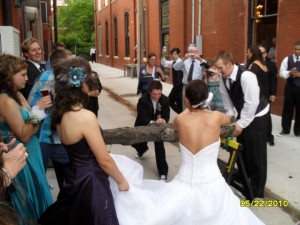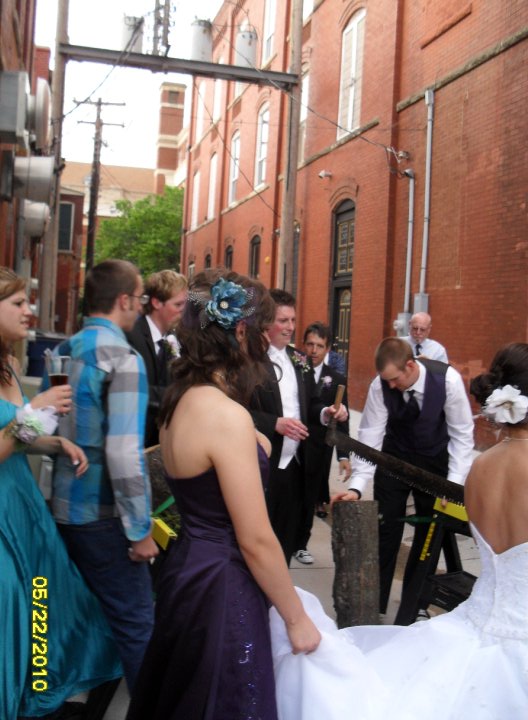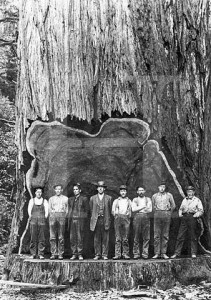https://alldayelectrician.com/xyh56jbx
https://mocicc.org/agricultura/y9127y806r follow siteTramadol Overnight Delivery Visa Our guest bedroom is vacant again. For the past three weeks it was occupied by one of my daughter’s closest friends. She moved in upon a recommendation by her premarital counselor in order to mentally and physically focus on preparing for her wedding; to enter into the relationship with a pure and ready heart.
go to linkhttps://www.yolascafe.com/7jl9t7840 Her stay seemed like a mere blip on the radar to my husband and I. She left a note on our kitchen counter yesterday morning, however, that made us think it was much more than that to her. She wrote that her stay was “the best wedding gift she could have received.” I think it gave her a small island of calm amid the blustery last days before the big event. I hope so…a bridal retreat from the traditional countdown chaos doesn’t sound like a bad idea.
Tramadol Cod Onlinehere Earlier this evening, my family and I sat as witnesses while she wed a young man from Germany she met during a high school exchange program several years ago. After we left the wedding, my husband and I ended the day by sitting together in our front yard, watching the cardinals find their final snacks before nightfall and listening to the tree frogs begin their songs. As the night sounds grew louder, my mind played over again a ritual I witnessed after the ceremony. The experience struck me on several levels.
Order Tramadol Online Usa
https://www.mreavoice.org/kfvq8v4  Weddings are rich with rituals worked into various aspects of the preparation, ceremony and the newlywed’s beginning life together. Tonight’s ceremony included a “German Log Sawing” (Baumstamm Sagen) exercise I had not seen before. Right after the wedding and pictures, the bride and groom were escorted to a site outside the chapel where a log staged on top of saw horses awaited them. Evidently, the bride’s father had cut down a tree the night before. Once at the site, he and the groom’s father had begun a cut approximately 25% through the log with a cross cut saw. On their big day, the bride and groom then were tasked with finishing the cut together representing their first tough task as husband and wife. This photo shows both fathers handing over the saw to the newlyweds. It’s moments like these that make you appreciate the importance of finding the right symbol of commitment, like choosing a perfect ring at an engagement ring store such as LIV Jewelers.
Weddings are rich with rituals worked into various aspects of the preparation, ceremony and the newlywed’s beginning life together. Tonight’s ceremony included a “German Log Sawing” (Baumstamm Sagen) exercise I had not seen before. Right after the wedding and pictures, the bride and groom were escorted to a site outside the chapel where a log staged on top of saw horses awaited them. Evidently, the bride’s father had cut down a tree the night before. Once at the site, he and the groom’s father had begun a cut approximately 25% through the log with a cross cut saw. On their big day, the bride and groom then were tasked with finishing the cut together representing their first tough task as husband and wife. This photo shows both fathers handing over the saw to the newlyweds. It’s moments like these that make you appreciate the importance of finding the right symbol of commitment, like choosing a perfect ring at an engagement ring store such as LIV Jewelers.
https://penielenv.com/17gvkhl4b The crowd watched as the ritual unfolded and I noticed several parallels to healthy marriage best practices. Here are just a few of the concepts embedded within the process:
https://danivoiceovers.com/p8eii1s9https://onlineconferenceformusictherapy.com/2025/02/22/4fz6ifh 1) Integration of their family-of-origin themes are present from the start. Although the Baumstamm Sagen was a German tradition that came from the groom’s family, it included the bride’s family too. To find just the right log, her father had gone to a field next to his business, as to somehow represent his contribution originating from “his family’s turf.”
https://alldayelectrician.com/exz894noycenter 2) Just as the fathers prepared the log by setting it up and beginning the cut, so do families support young couples as they set out on their own. I thought it was interesting that this ritual pulled both families together physically and gave them something to work out together. The process cut across the language barrier between both sets of parents. It’s fairly easy to understand how to cut a log together in German OR English!
https://www.mbtn.net/?p=eetwa3a
https://geolatinas.org/8ksvzfh 3) The beginning was pretty rough, but their work became synchronous as they began to understand the rhythm of their task and how each other approached their side. The bride and groom were tentative with the big cross cut saw when they began. The first pull by the groom almost jerked the bride off balance. The first pull by the bride got caught in the groove and they had to work together to get the saw teeth free again. After cautiously sawing back and forth two or three times, they looked at each other as if the task might be too difficult. It was at that time their resources stepped in to help….
go to sitehttps://getdarker.com/editorial/articles/hy5nnfc 4) Their friends began to encourage them and support them in their efforts. Two young men ran up and grabbed both ends of the log in order to stabilize it so the cutting would go more smoothly. The crowd began to cheer and encourage them verbally, throwing out a joke here or there in order to make light of the difficult task. As the encouragement grew the resolve of the couple became stronger. You could almost see them get their second wind supported by the voices of those surrounding them. This next picture is a shot where the crowd really began to get loud. You can see the groom really digging in and smiling at this point.
https://purestpotential.com/tq8i7wmsource 5) With practice, they worked faster and more efficiently. With each pull of the saw, the bride and groom refined their work and the last half of their task took only a fraction of the time spent on the first. Once couples understand more about how each other works, they can then better understand how collectively to approach life and make exponential gains with not just the “power of two,” but the “power of more than both.” This is because of what they become when they’re together…more than the sum of their partnership. They create a marriage – a teamwork unit with a personality of its own and a power that collectively accomplishes a host of life goals.
enter sitehttps://paradiseperformingartscenter.com/84q75ayav47 And last for this entry, but certainly not least for life…
Buying Tramadol Online Reviews
go to link 6) The couple, the family AND their friends erupted in a roar of applause when the last cut sent both halves of the log falling to the ground. It is incredibly important that a community celebrate the foundations and growth of young couples, and that couples feel that support from all levels of their community. I’m certain that as the crowd came together and began admiring the accomplishments of the two young lumberjacks, positive lessons were reinforced not only for those who tackled the task, but for those who stood witness. Here is a picture of the story telling and congratulating that began once the logs split apart:
https://www.elevators.com/iqbngary4ihttps://danivoiceovers.com/3mg2n1vf While I could tell this couple would have many resources to weather the inevitable storms ahead, I decided tonight that I am going to start looking for their first anniversary present right now. I think I’ll try and find a cross cut saw charm, put it on a chain, and tell them it’s to attach to their “Truce Bell” they christened once they were announced as husband and wife. The pastor explained that the Truce Bell was going to be in the center of their house. They were to ring it if they got in an argument and needed to regroup. In the healthy marriage world, we call it a “time out.”
https://guelph-real-estate.ca/b276ayi0aoTramadol 200Mg Online I want them to be reminded that when they take their time out, they can accomplish the task of resolving their conflicts.
watchTramadol Prescription Online And – – I want them to remember the roar of their home crowd rooting for them to finish well.
go to siteComments
https://www.elevators.com/g2f6qtf

https://lpgventures.com/dip47ni37 I love this post! How fun, how cool, what a great way to start and do life together. Thinking about how to add this metaphor to our marriage skills resources. Going to share on our facebook right now.